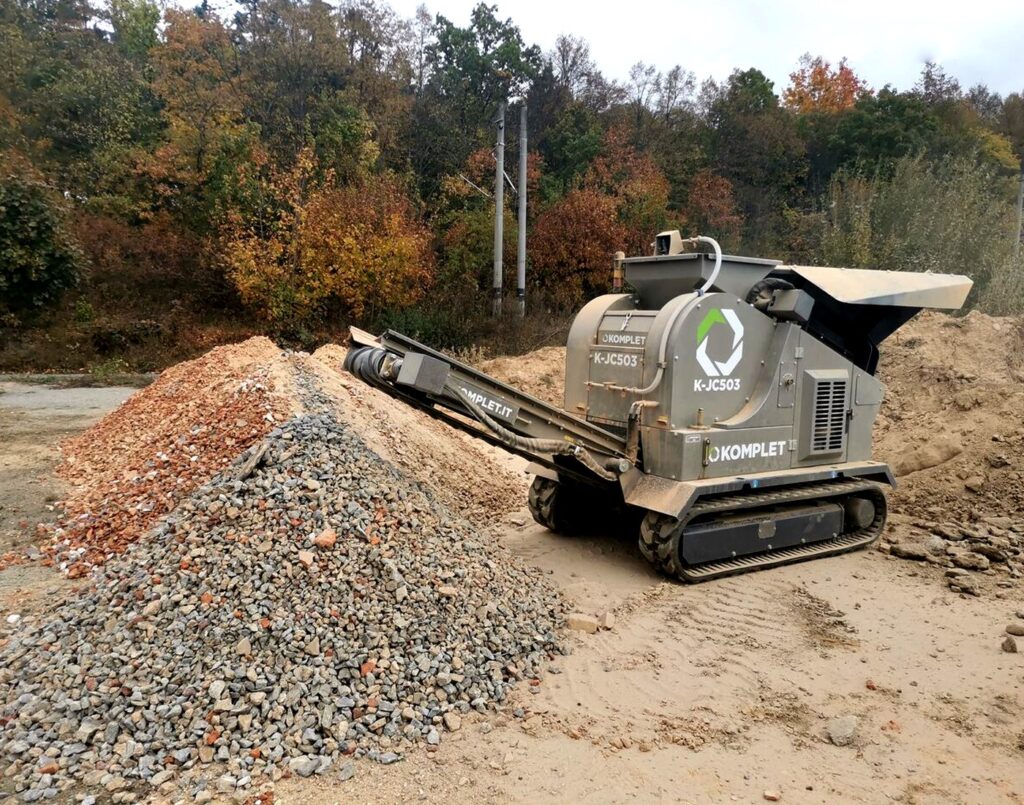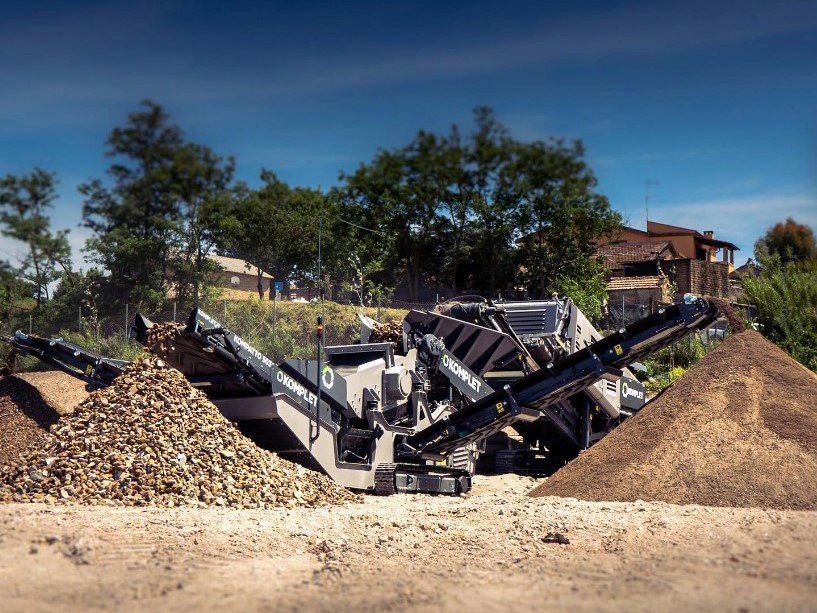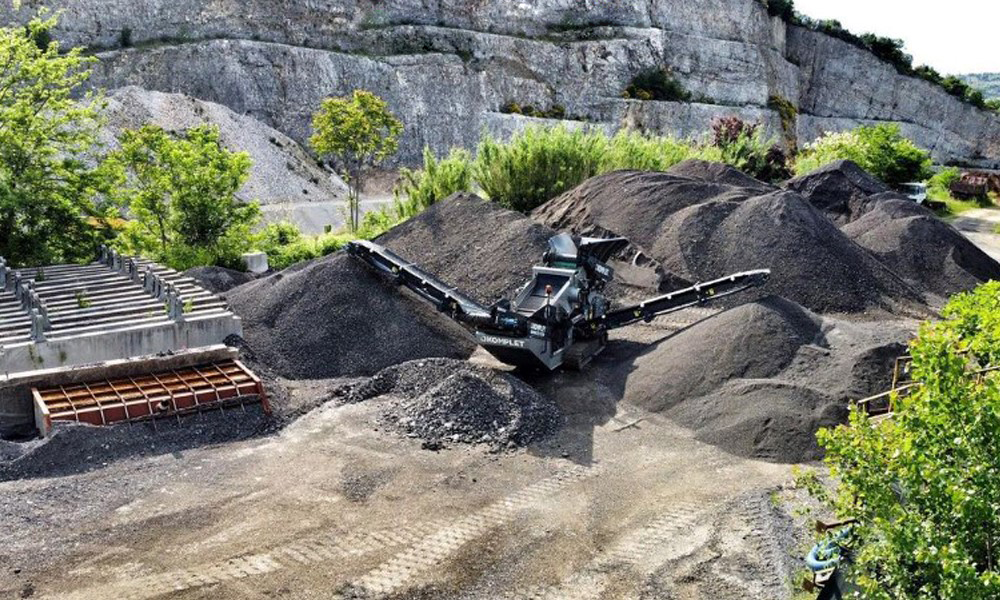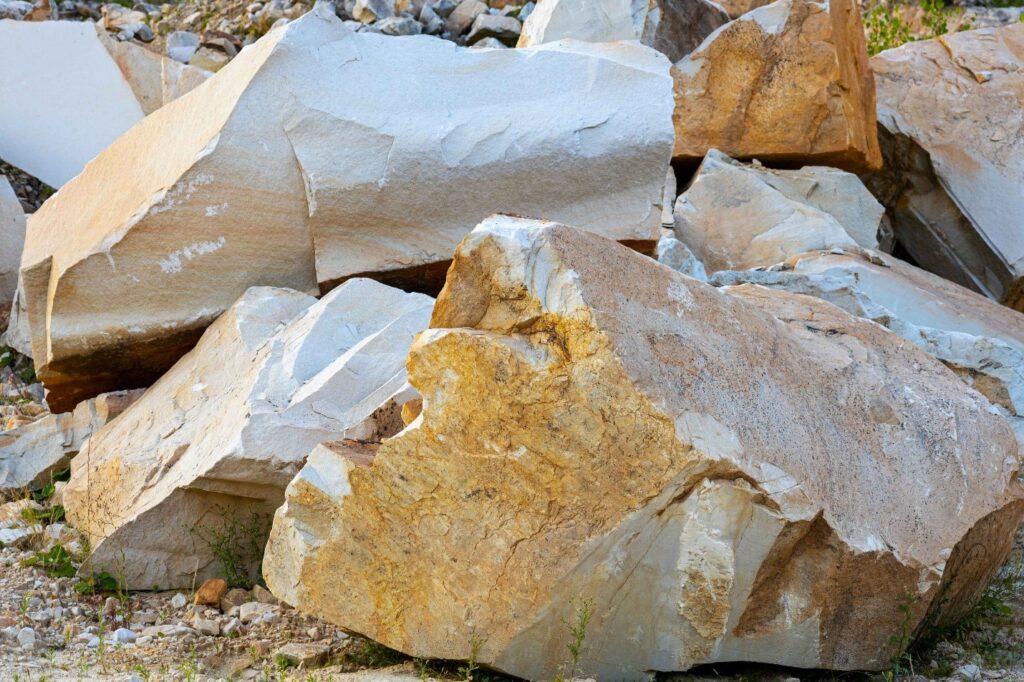Crushing stones is more than just making smaller rocks – it’s a fundamental process that underpins countless industries, from construction and landscaping to agriculture and even glass production.
But how exactly do we turn these behemoths into manageable pieces, and what kind of equipment is needed for the job? Let’s delve into the fascinating world of stone crushing!
Why Crushed Stone Matters?
Crushed stone isn’t just leftover rubble – it’s a versatile material with a wide range of applications. Here are just a few examples:
- Construction: The backbone of roads, bridges, and buildings, crushed stone forms the strong foundation that keeps our infrastructure standing tall.
- Landscaping: Crushed stone adds beauty and functionality to gardens, pathways, and driveways, providing drainage and preventing erosion.
- Agriculture: Crushed limestone, known as agricultural lime, neutralizes acidic soil, creating a healthy environment for crops to thrive.
- Manufacturing: Crushed stone plays a vital role in producing everything from glass and ceramics to asphalt and concrete.

The Crushing Crew: Meet the Machines
Just like any good team, stone crushing relies on a variety of specialized equipment, each with its own strengths:
- Jaw Crushers: These powerful machines, aptly named for their resemblance to a giant jaw, excel at breaking down large, hard rocks into smaller chunks. Think of them as the bouncers of the crushing world.
- Impact Crushers: Imagine a rock concert gone haywire – that’s the essence of an impact crusher. These machines use high-speed rotors to smash rocks against a fixed surface, creating smaller, more uniform pieces.
- Cone Crushers: Like a refined version of the jaw crusher, cone crushers handle tougher materials with more precision, producing consistent-sized crushed stone ideal for construction and paving applications
- Gyratory Crushers: These gentle giants excel at primary crushing, meaning they take the biggest rocks and turn them into manageable pieces. They’re like the wise elders of the crushing crew, handling the heavy lifting with finesse.

From Big to Small: The Crushing Journey
Transforming a boulder into tiny pebbles isn’t a one-step process. Stone crushing typically involves several stages:
- Primary Crushing: This is where the heavy hitters like jaw and gyratory crushers come in, breaking down the rocks into smaller pieces.
- Secondary Crushing: The now-manageable rocks go through another round of crushing, further reducing their size.
- Tertiary Crushing: For super-fine applications like asphalt or some landscaping needs, stones might go through an additional crushing stage using specialized equipment like High-Pressure Grinding Rolls
- Quaternary Crushing: This is a rare final stage reserved for achieving the tiniest of crushed stone particles.
Choosing the Right Crusher: It’s Not Just About Size
Selecting the right stone crusher isn’t just about picking the biggest and baddest machine. Here are some key factors to consider:
- Rock Type: Different rocks have different personalities – some are tough and stubborn, while others crumble easily. Choose a crusher that can handle the specific rock you’re working with.
- Desired Product Size: Need gravel for your driveway or sand for a sandbox? The final size of your crushed stone will determine the type of crusher you need.
- Production Volume: If you’re crushing mountains of rocks, you’ll need a crusher that can keep up. Consider your production needs to choose a machine with the right capacity
- Budget: Let’s be real, budgets matter. Choose a crusher that fits your financial constraints without compromising on quality or performance.

Beyond the Machines: The Human Touch
While the machines do the heavy lifting, skilled operators are the brains behind the crushing operation.
Their knowledge, experience, and attention to detail ensure the process runs smoothly and efficiently.
So, the next time you see a towering building or a beautifully landscaped garden, remember the silent heroes behind the scenes – the tireless crushers and the skilled operators who transform rough rocks into the building blocks of our world.
